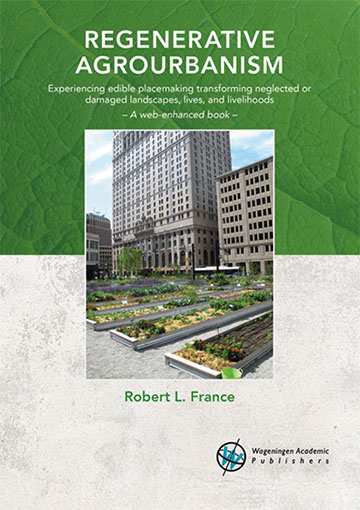
Regenerative Agrourbanism
Experiencing edible placemaking transforming neglected or damaged landscapes, lives, and livelihoods
A web-enhanced book
The core activities of urban agriculture are involved with producing, processing, marketing, distributing, and consuming food. Urban agriculture also provides services and outcomes through transforming neglected or damaged landscapes, lives, and livelihoods.
The present book focuses on the so-called ‘ancillary benefits’ of urban agriculture in terms of healing economies, connections, aesthetics, heritage, and sites and societies—in short, what might be referred to in an holistic sense as the emerging paradigm of ‘agrourbanism.’
More than seventy case studies from around the world are reviewed through the social-ecological lens of regenerative landscape design. Many of these sites have not been previously discussed in the literature. Topics examined include entrepreneurship, gastro-tourism, food literacy, foodscaping, heritage, and social and societal wellbeing. The methodological approach undertaken is layered-narrative scholarship based on the phenomenology of experiencing landscapes and is facilitated through a linked website containing photo-essays documenting the site visits.
Epigraphs
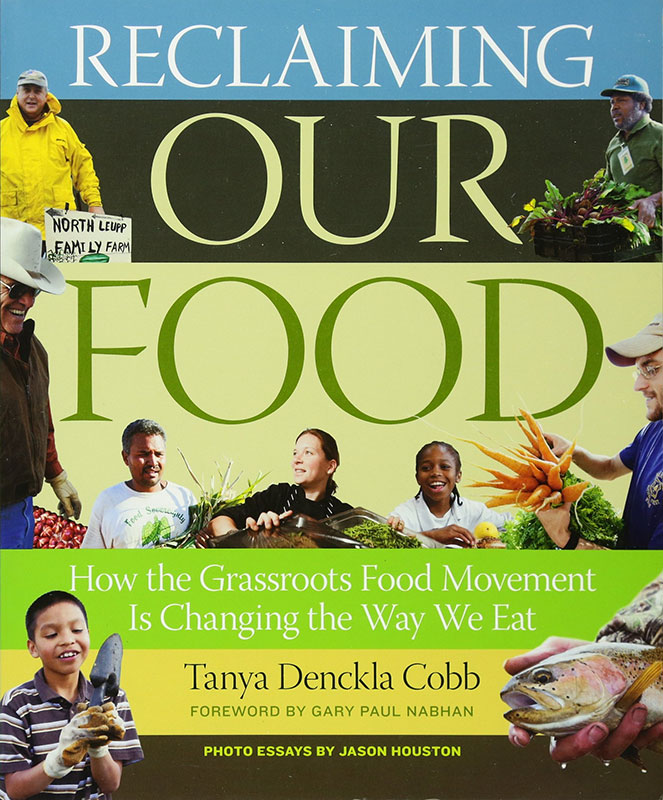
‘The redemption business: healing the land, healing the food, healing the economy, and healing the culture.’
Reclaiming Our Food: How the Grassroots Food Movement is Changing the Way We Eat, Tanya Denckla Cobb (2012)

‘In virtually all the academic literature it is quite striking how disembodied written landscapes become. This is because virtually everything written about landscape is not only written on paper; it is principally derived from paper. Landscape is not bodily experienced… Bodies remain at the desk rather than in the field…What we are left with is paper landscapes, paper perspectives.’
The Materiality of Stone: Explorations in Landscape Phenomenology, Christopher Tilley (2004)
The purpose of the present book is to emphasize that ‘agrourbanism’ is about placemaking in the urban fabric.
“The present book, with its deliberate focus on the experience of visiting projects, as described through the lens of narrative scholarship and rooted in phenomenological landscape research, is almost unique in the field of urban agriculture. Indeed, this book can be said to have been designed intentionally as a counterpoint to the existing literature on urban agriculture…The lack of any embodied perspective in much of the urban agriculture literature means that…‘they can only provide us with abstract models for thinking landscapes rather than models of landscapes that are sensuously lived.’ The result is…an academic literature in which urban agriculture projects are presented as little more than sensorially impoverished ‘paper landscapes’.” (pg. 13, Preface)
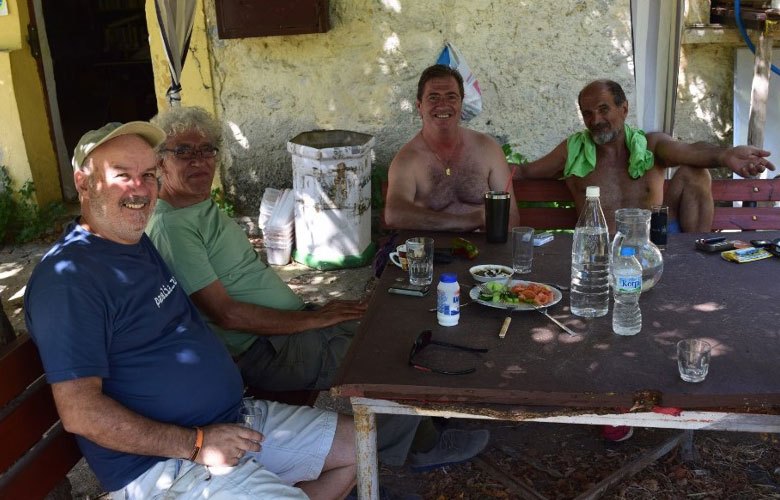
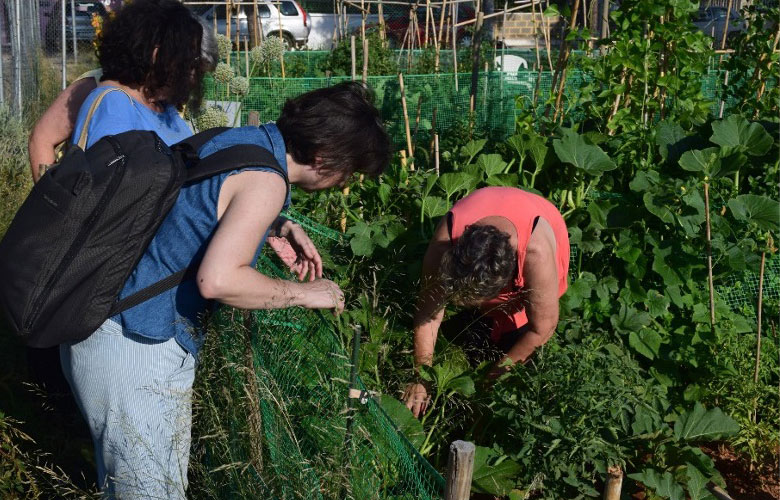

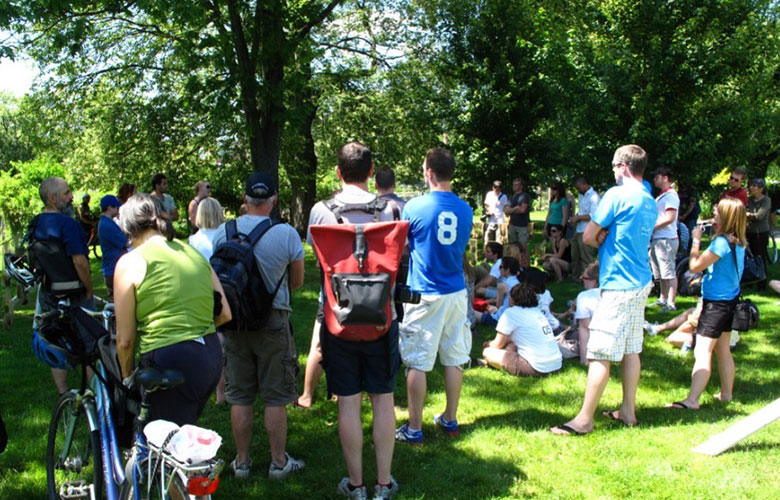
“The primary focus of the literature has been on urban gardens and farms as biophysical spaces in which to grow food, rather than on them as humanized places in which to grow experience… [There is a] visual impoverishment of the agrourbansim literature…[such] that we have an incomplete comprehension of the multifaceted nature and true value of the projects being described. The present book, in contrast,…celebrates the visual attributes of edible placemaking.” (pg. 15, Preface)
“Another way in which the present book is different is in the type of projects that were visited and described herein. Indeed, of the 74 projects from a dozen countries covered in this regard, fully 78% have not…been discussed in any detail in the titled literature before. The reason for this is a consequence of the very specific nature of the projects that comprise the present book. Whereas some are community gardens and commercial operations—in other words, the sort of projects that customarily subsume the bulk of urban agriculture books—most of the projects are markedly different. This is because the overall focus of the present book is on the more holistic field of agrourbanism rather than the more narrowly focused field of urban agriculture per se.” (pg. 14, Preface)
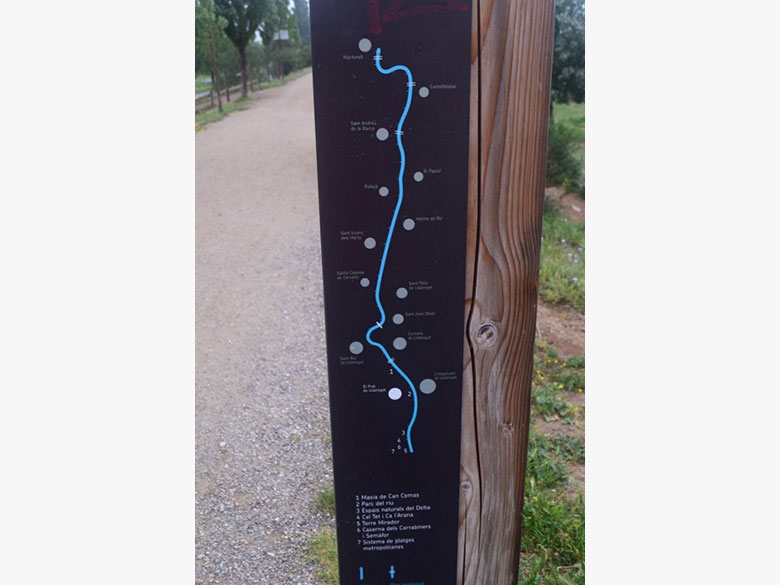

Contents
Situating Urban Agriculture Tours in Time and ‘Splace’
Acknowledgements
PART I: BACKGROUND
PLACE—PLANTS—PEOPLE: The Paradigm of Regenerative Agrourbanism as Waymarked Through Ten Formative Books
- 1.1 Agrourbanism: ‘Talkin’ ‘Bout…[Re]Generation’
- 1.2 Agrourbanism Nucleus
- 1.3 Regenerative Constituents
NARRATIVE SCHOLARSHIP AND PERIPATETIC PHENOMENOLOGY AS LANDSCAPE RESEARCH
- 2.1 Sensorial Embodied Experience
- 2.2 Thick Descriptions
- 2.3 Walking Methodology
HEALING ECONOMIES: Business and Tourism
- 3.1 Commercial Enterprises
- 3.2 Food Market Tourism
HEALING CONNECTIONS: Hope and Education
- 4.1 Community Sustaining Gardens
- 4.2 Educational Farms
HEALING ART: Beautifully Grown Food
- 5.1 Art-filled Gardens
- 5.2 Artful Gardens
HEALING HERITAGE: Restoring Agri-culture
- 6.1 Heritage and Homage
- 6.2 Civitas
HEALING SITES AND SOCIETIES: Regenerative Landscape Design
- 7.1 Structure and Sites
- 7.2 Souls and Societies